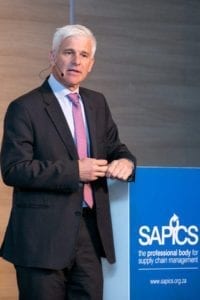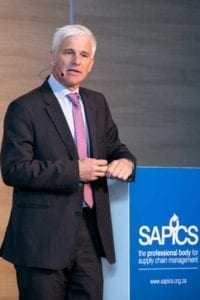 Transnet Freight Rail (TFR) recognises the increasingly critical need for a predictable rail service that will support and enhance its drive to build successful partnerships with industry and third-party logistics service providers (3PLs).
Transnet Freight Rail (TFR) recognises the increasingly critical need for a predictable rail service that will support and enhance its drive to build successful partnerships with industry and third-party logistics service providers (3PLs).
Fanucchi said that TFR’s model to increase container volumes would be through partnerships with 3PLS. He cited several TFR projects that illustrated collaboration, partnering and capacity creation at work.
These include the Maputo Corridor supply chain solution, projects to bridge the capacity for manganese offloading at the Port of Saldanha and a logistics solution for finished steel products on rail. Future plans for TFR To build on successes, grow business opportunities and encourage private sector participation, TFR has actively refreshed its approach, Fanucchi revealed. “Running parcels by rail, like UPS, Amazon and JB Hunt do in the USA, is being explored,” he told delegates at the conference. “An increased focus on customer centricity forms part of this undertaking. “Customers have been placed at the centre of our business, and Transnet is moving from the disconnected customer relationship management practices of the past to a seamless process in which one key account manager provides the link between the customer and multiple Transnet business functions.”







